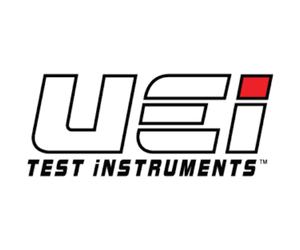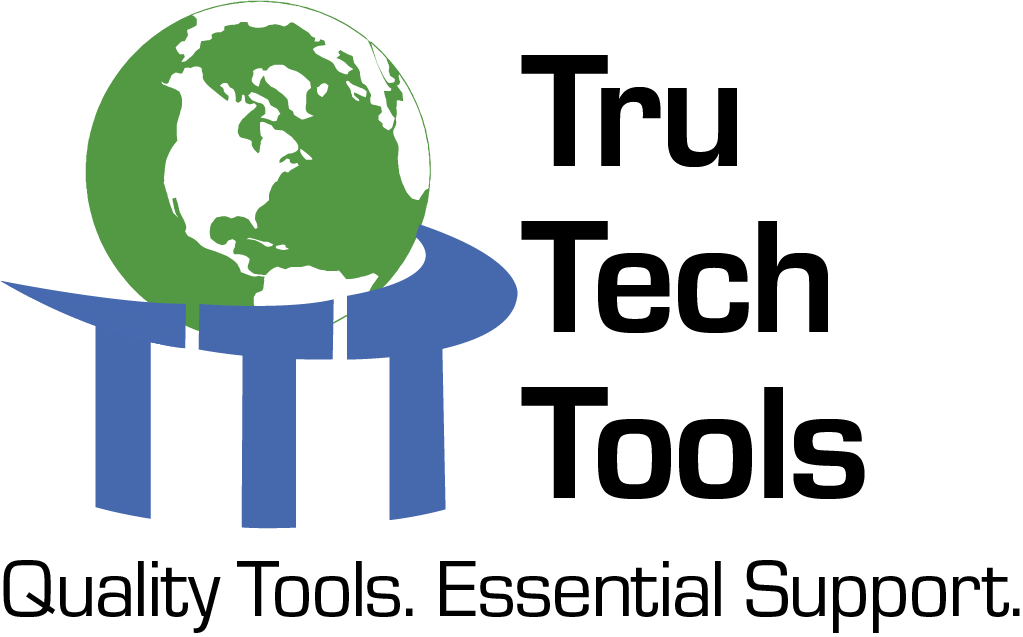Preventing Slugging & Flooding w/ Copeland

In this episode of the HVAC School Podcast, host Bryan welcomes Jeff from Copeland to discuss the critical topic of flooding and slugging in compressors. Jeff, calling in from frigid Minnesota (at negative 19°F), explains the differences between these harmful conditions and how they can damage compressor systems.
The conversation begins by differentiating between flood back and flooded starts. Flood back occurs during system operation when control of the evaporator is lost, often due to airflow issues. Flooded starts happen after the system has been off, when refrigerant migrates to the compressor oil. Both conditions can lead to slugging – when liquid refrigerant enters the compression chamber, causing immediate damage to valves and internal components. While flood back and flooded starts may cause gradual damage over time, slugging can break compressor components instantly.
Jeff emphasizes that proper superheat levels are essential for compressor health, with most Copeland compressors requiring about 20 degrees of superheat at the compressor suction line. The discussion covers various preventative measures, including pump down systems, properly installed crankcase heaters, and the importance of maintaining appropriate refrigerant charge. Jeff notes that many technicians incorrectly assume crankcase heaters are only needed in cold climates, when they're actually crucial for preventing refrigerant migration in any environment.
Key Topics Covered:
- The difference between flood back (during operation) and flooded starts (when the system restarts)
- How slugging causes immediate damage to compressors while flooding causes progressive damage
- The importance of maintaining proper superheat (typically 20 degrees at the compressor)
- Common causes of flood back: dirty filters, improper airflow, duct problems, and incomplete defrosting
- How refrigerant is attracted to compressor oil even in vapor form
- Prevention strategies: pump down systems, proper crankcase heater installation and verification
- The impact of line sizing and total refrigerant charge on system reliability
- Why compressors are designed for vapor-in/vapor-out operation, not liquid handling
- The importance of consulting OEM literature and Copeland resources when troubleshooting
- Why it's critical to identify and fix the underlying cause before replacing a failed compressor
Have a question that you want us to answer on the podcast? Submit your questions at https://www.speakpipe.com/hvacschool.
Purchase your tickets or learn more about the 6th Annual HVACR Training Symposium at https://hvacrschool.com/symposium.
Subscribe to our podcast on your iPhone or Android.
Subscribe to our YouTube channel.
Check out our handy calculators here or on the HVAC School Mobile App for Apple and Android
Author:










Comments
To leave a comment, you need to log in.
Log In